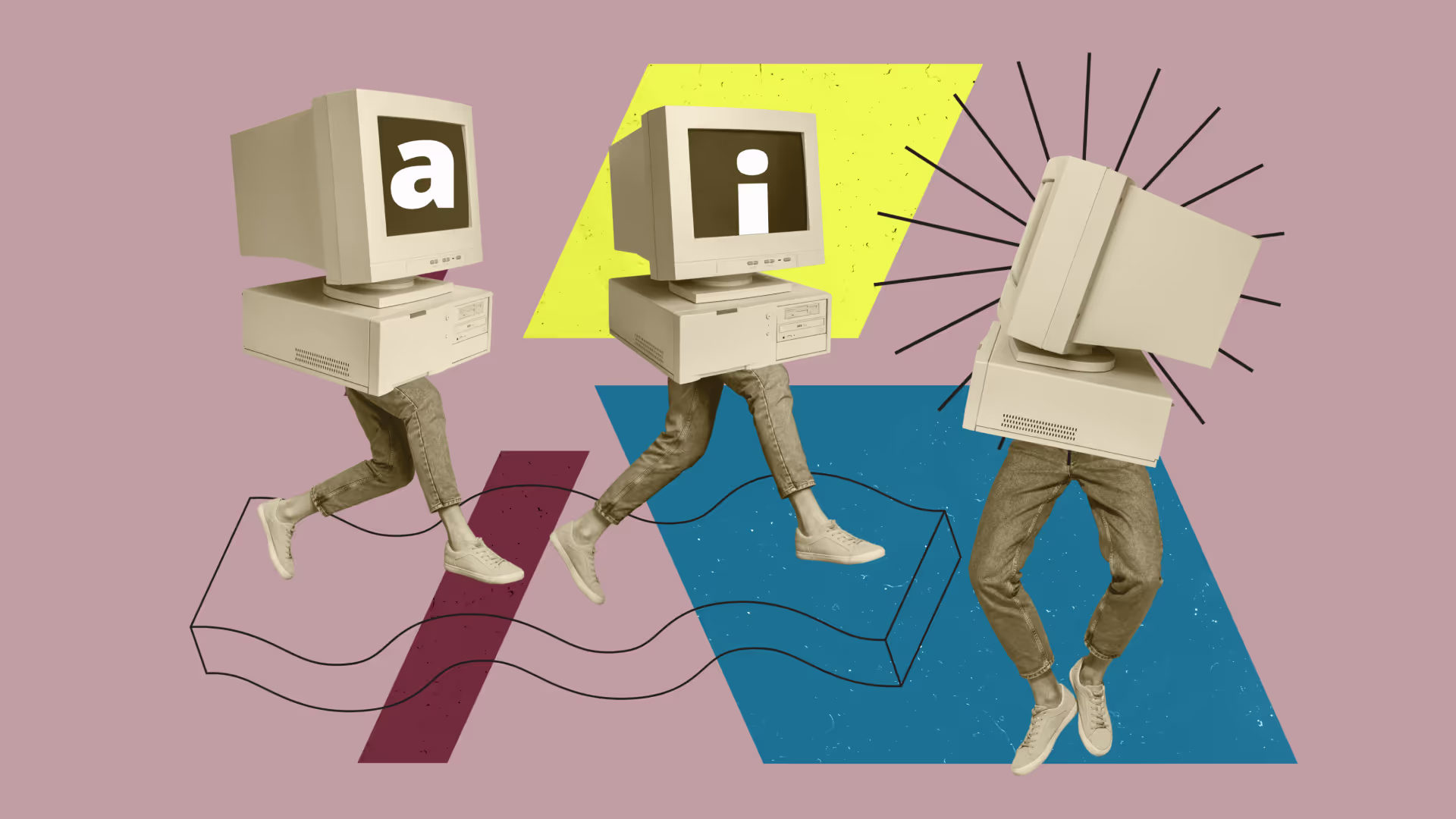Utilizing AI to Achieve Workforce Transformation Through Its Enhancing Capabilities

AI is no longer an abstract future concept—it is a present day reality that is reshaping the workplace. As an HR leader, I have witnessed firsthand how AI transforms industries, sparking both enthusiasm and apprehension. While AI presents an opportunity to enhance business operations, organizations must approach its adoption thoughtfully, ensuring they protect the core value of human work.
AI functions best as a human potential enhancer rather than a replacement for human roles. When implemented strategically, AI augments decision-making, efficiency, and innovation—freeing employees to focus on high-value work such as creative problem-solving, strategic thinking, and relationship-building.
AI as a Workforce Enabler, Not a Replacement
During my early career, I saw the introduction of automation systems in recruitment. At the time, many feared that AI-driven resume screening would make recruiters obsolete. Instead, we discovered that delegating repetitive screening tasks to AI enabled recruiters to focus on meaningful candidate interactions, leading to better hiring outcomes.
This pattern continues today across industries. AI enhances workforce capabilities by handling time-consuming, repetitive tasks such as:
- Automating data entry and compliance checks to improve efficiency.
- Providing real-time analytics to drive smarter business decisions.
- Supporting customer service inquiries with AI-powered chatbots, allowing employees to focus on complex problem-solving and personalized interactions.
The key to successful AI adoption is transparency and strategic workforce planning. Employees often fear AI-related job displacement, which can lead to resistance. However, when AI implementation is communicated clearly and aligned with workforce development efforts, it fosters trust and drives adoption.
For example, in a previous role, my team introduced an AI-powered HR analytics tool to improve workforce planning. Initially, employees feared layoffs due to AI-driven efficiency gains. By educating staff on how the tool would help them optimize team performance and improve employee well-being, we reduced skepticism and increased AI adoption.
Organizations that prioritize transparency, training, and AI-human collaboration will unlock AI’s true potential—enhancing both business performance and employee experience.
Practical Steps for Leaders Implementing AI
To harness AI’s benefits responsibly, leaders must take a structured approach that prioritizes people, ethics, and business alignment.
1. Communicate Transparently and Address FUD (Fear, Uncertainty, and Doubt)
- Explain AI’s role clearly—Employees must understand why AI is being implemented and how it will enhance their roles, not replace them.
- Provide clear messaging on job security, career growth, and new opportunities AI creates.
- Encourage two-way communication by addressing employee concerns through town halls, FAQs, and open discussions.
2. Invest in Training, Reskilling, and Upskilling
- Offer AI literacy programs so employees understand AI’s capabilities and limitations.
- Provide hands-on training on AI-powered tools to empower employees in their roles.
- Align AI reskilling programs with future workforce needs, ensuring sustainable career pathways.
3. Pilot AI Initiatives Before Full Implementation
- Test AI solutions on a small scale to refine workflows and assess effectiveness.
- Gather employee feedback to address concerns and improve adoption strategies.
- Use pilot data to make data-driven decisions before organization-wide AI deployment.
4. Foster a Culture of Experimentation and Collaboration
- Encourage employees to explore AI tools and experiment with new AI-driven workflows.
- Create cross-functional teams to co-design AI applications, ensuring alignment with employee needs.
- Establish feedback loops so employees can share their experiences and refine AI use cases.
5. Align AI Integration with Business Goals
- Clearly link AI adoption to strategic business priorities (e.g., talent retention, productivity, or customer experience).
- Define KPIs that measure AI’s impact on business outcomes and workforce success.
- Ensure AI implementation enhances—not disrupts—company culture and values.
6. Ensure AI Ethics, Privacy, and Compliance
- Safeguard employee data—AI systems must comply with applicable data privacy laws
- Be transparent about how AI collects, processes, and uses workforce data.
- Use bias audits and fairness checks to prevent AI-driven discrimination in recruitment, performance evaluations, or promotions.
7. Monitor, Measure, and Continuously Improve AI Implementation
- Conduct ongoing AI performance reviews to track impact and refine strategies.
- Use employee sentiment analysis to gauge AI acceptance and adjust training programs.
- Adapt AI systems as workforce needs evolve, ensuring long-term alignment.
The Future of AI in the Workplace: Human + AI Synergy
The most successful organizations will be those that create a workforce environment where AI enhances human ingenuity, rather than replacing it.
- AI should be a tool that empowers employees, helping them work smarter, not harder.
- Ethical AI governance and privacy protections must remain a top priority to maintain trust.
- AI-driven workforce transformation should be people-first, ensuring reskilling and career development remain central to implementation.
Organizations that embrace AI responsibly—while fostering a culture of learning, transparency, and privacy-first AI practices will be best positioned to compete, innovate, and thrive in the future of work.
AI presents an opportunity to reshape the workforce, not a threat to its existence. When implemented strategically and ethically, AI enhances human potential, drives innovation, and strengthens organizational success. By following these practical steps, leaders can ensure that AI adoption is both effective and responsible, creating a future-ready workforce that thrives alongside AI-driven advancements.
